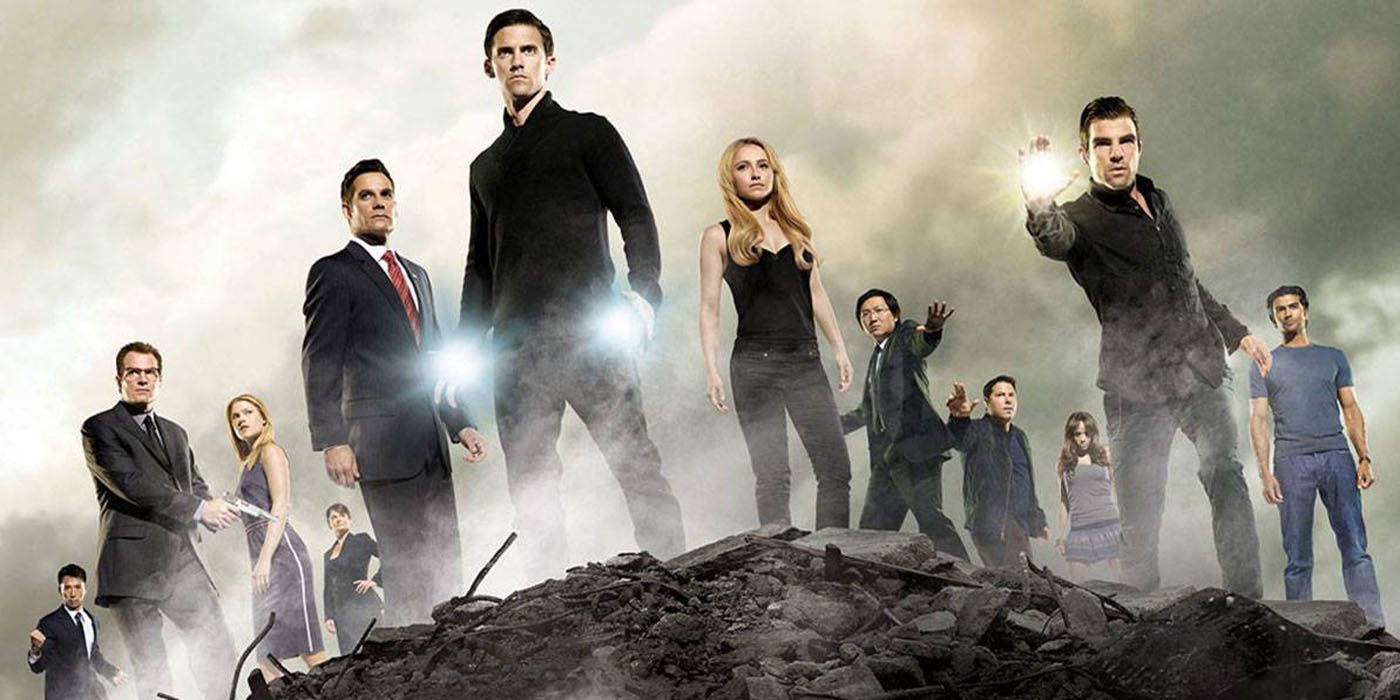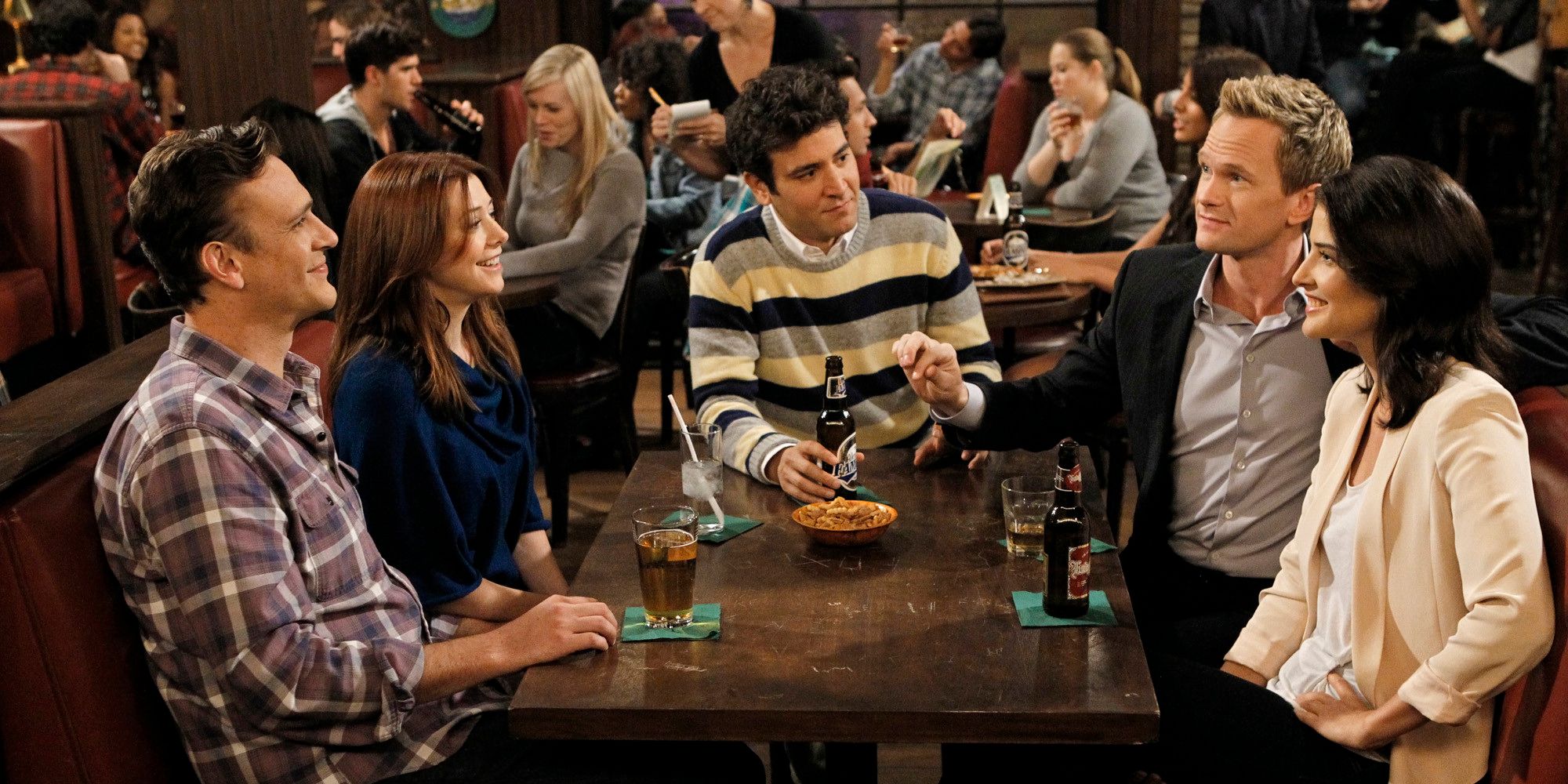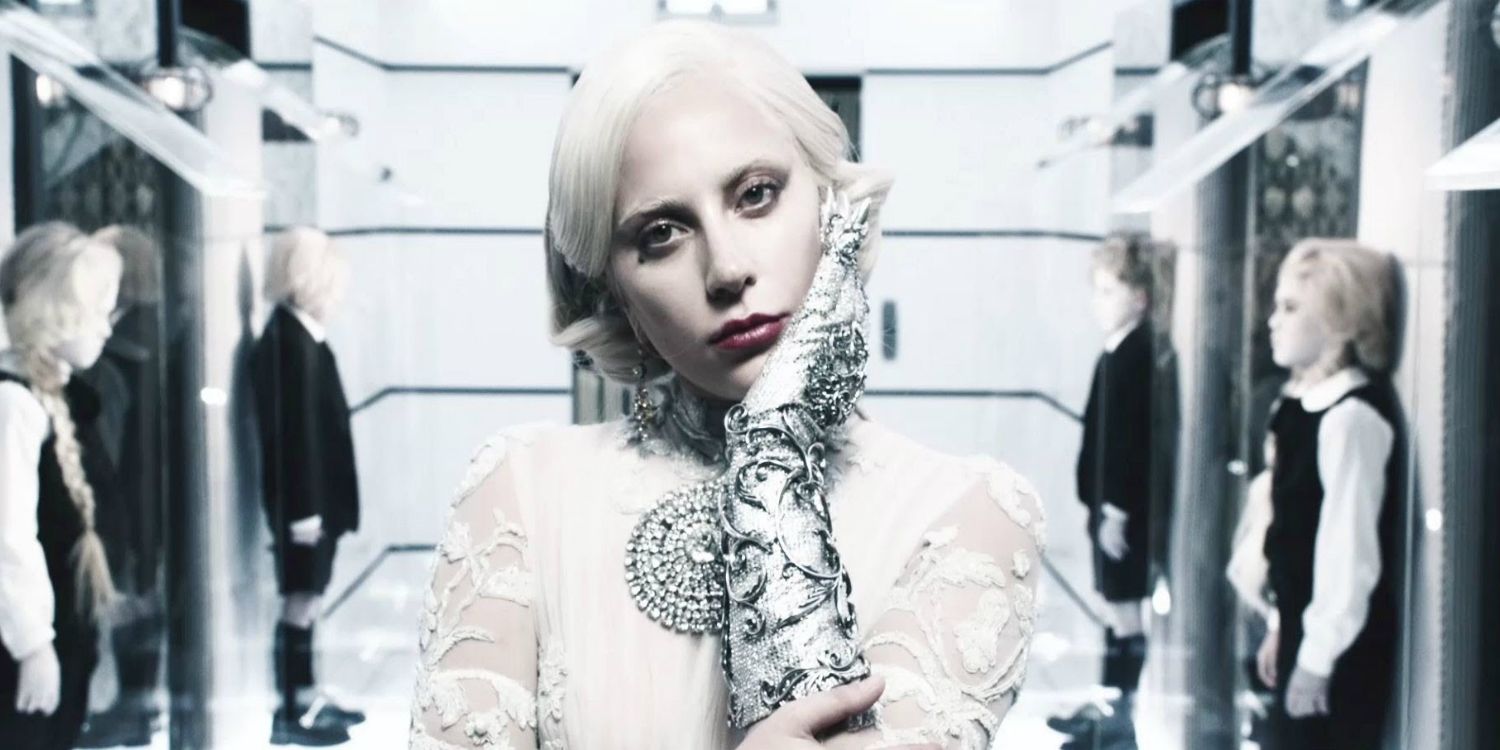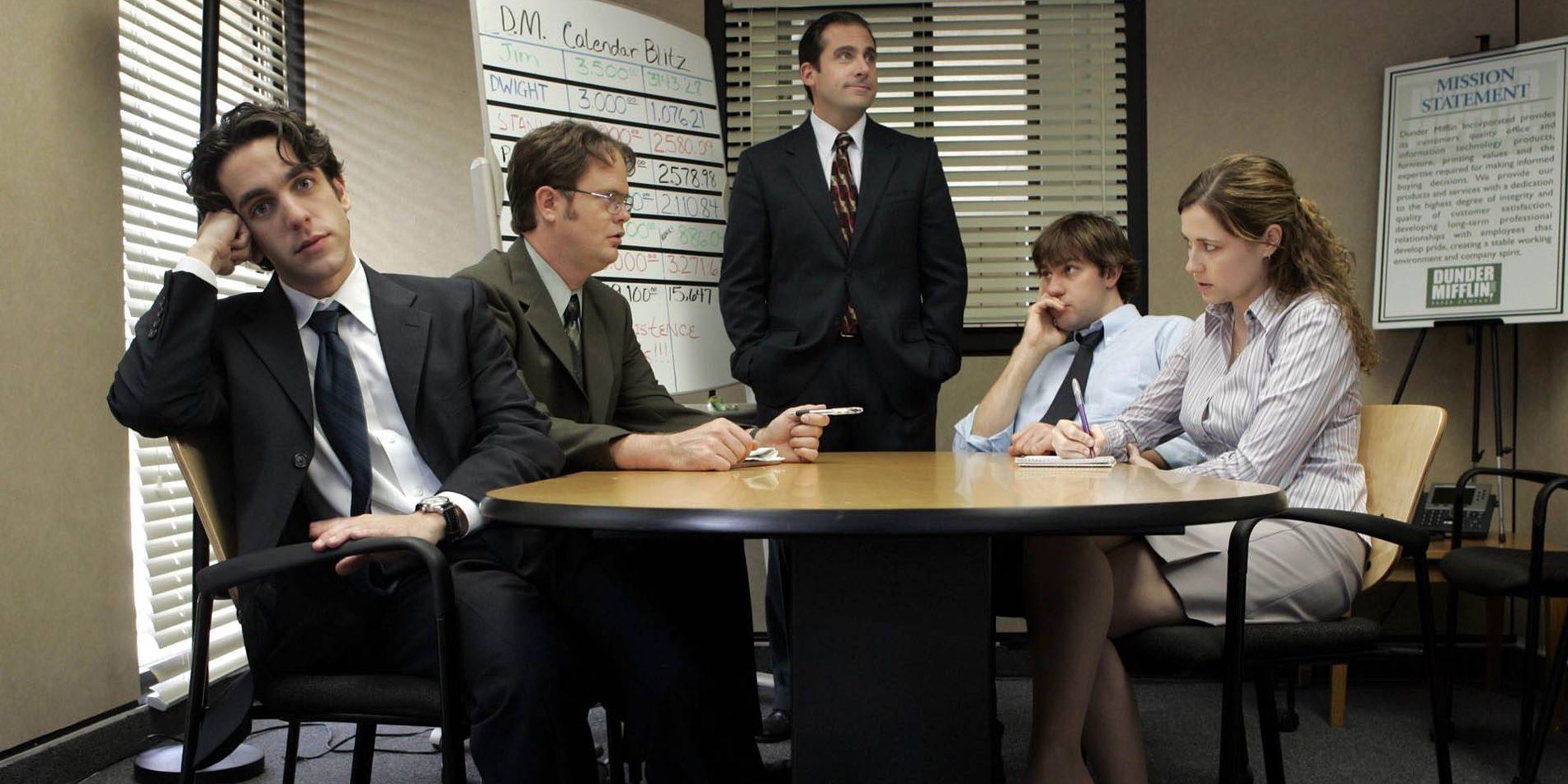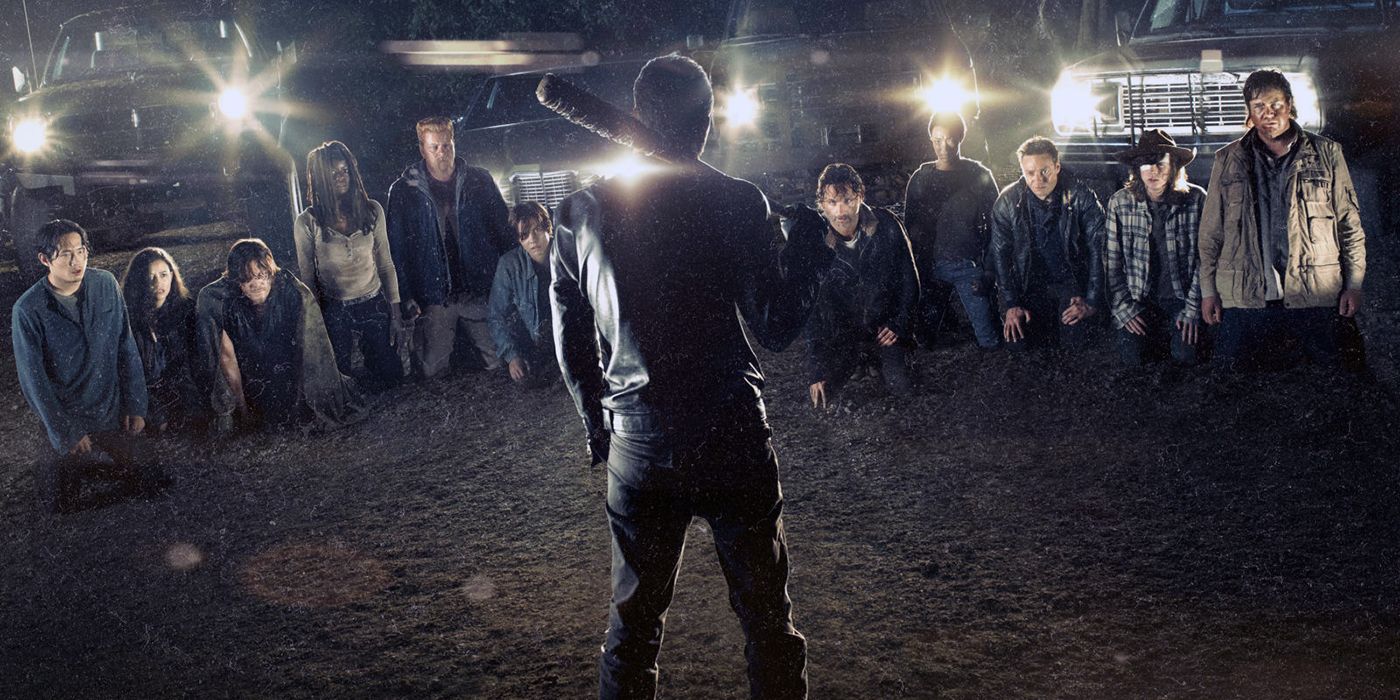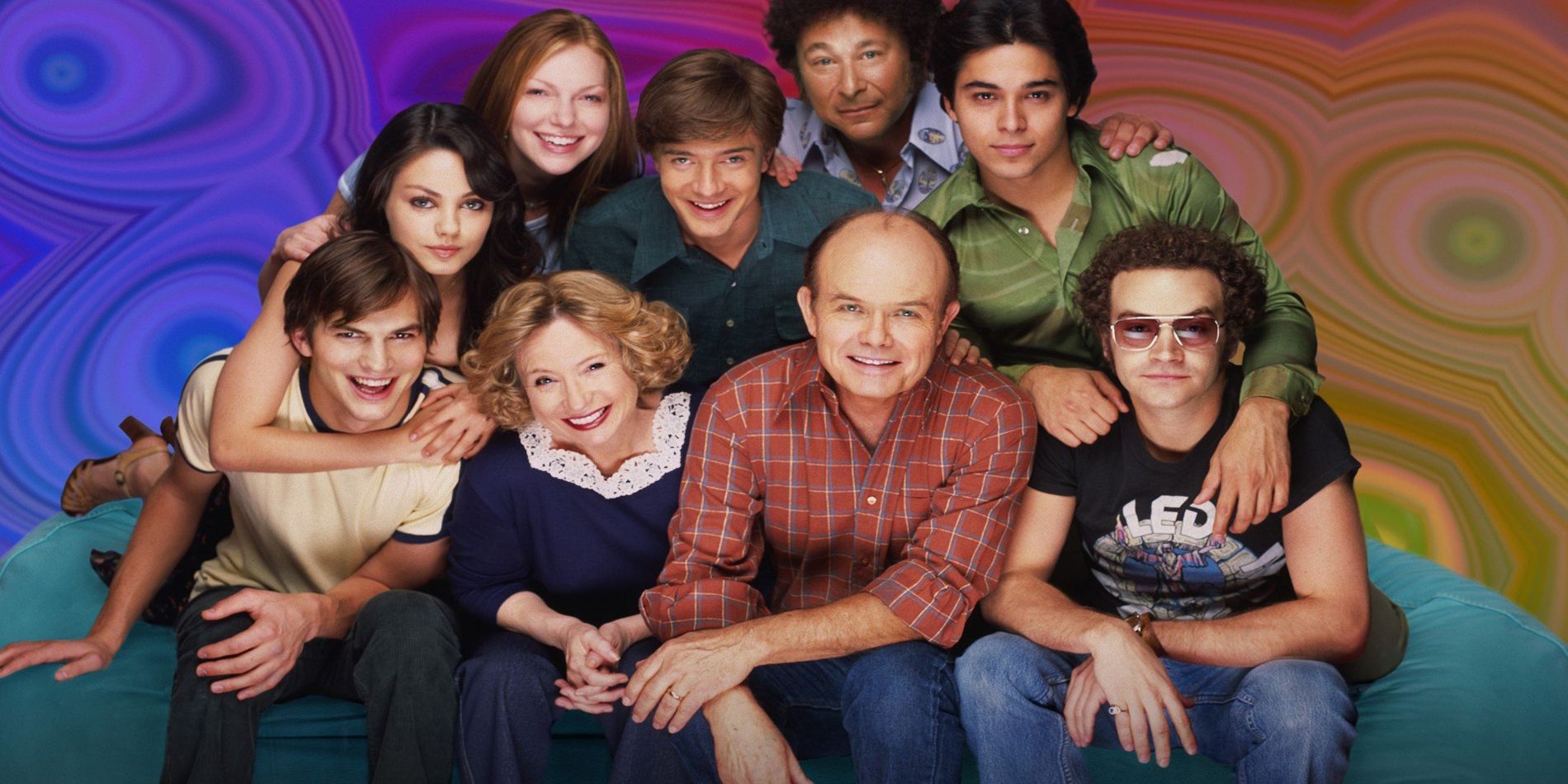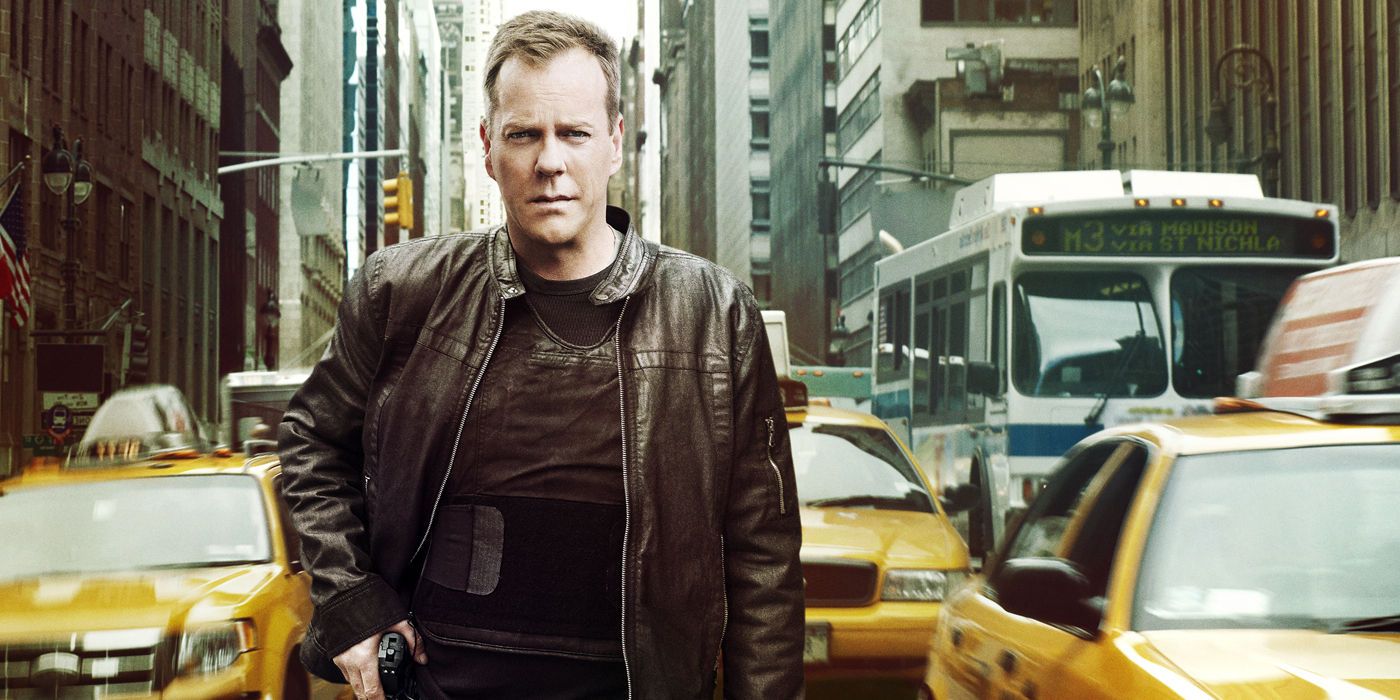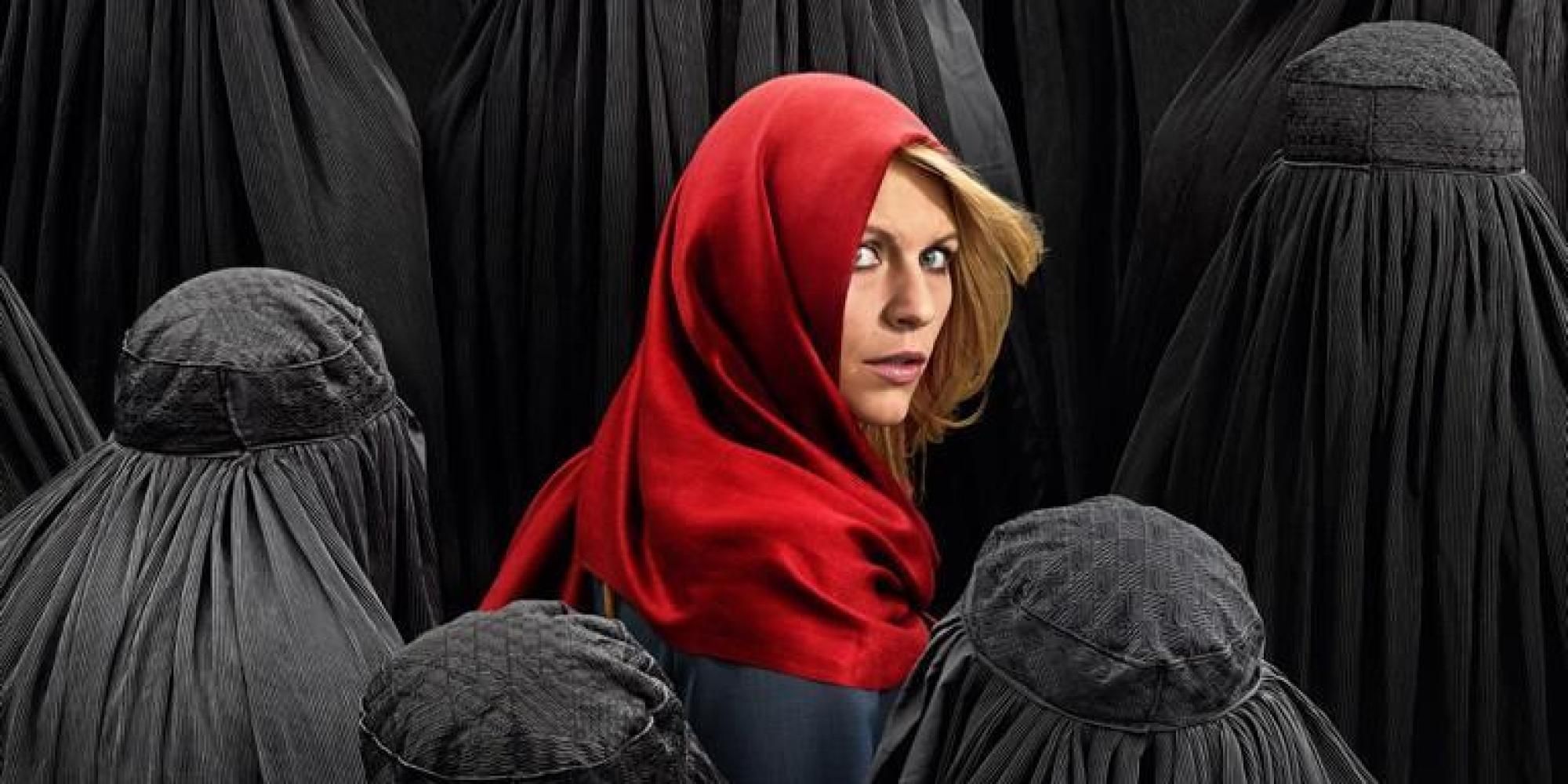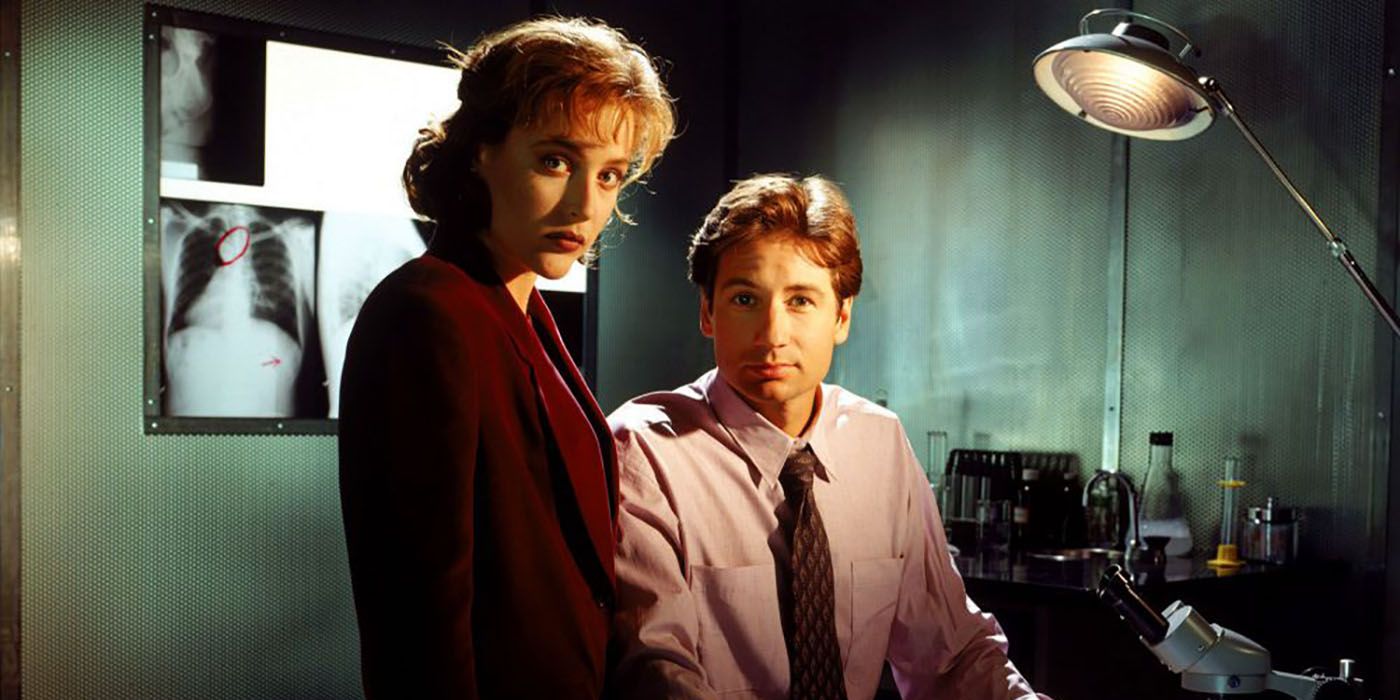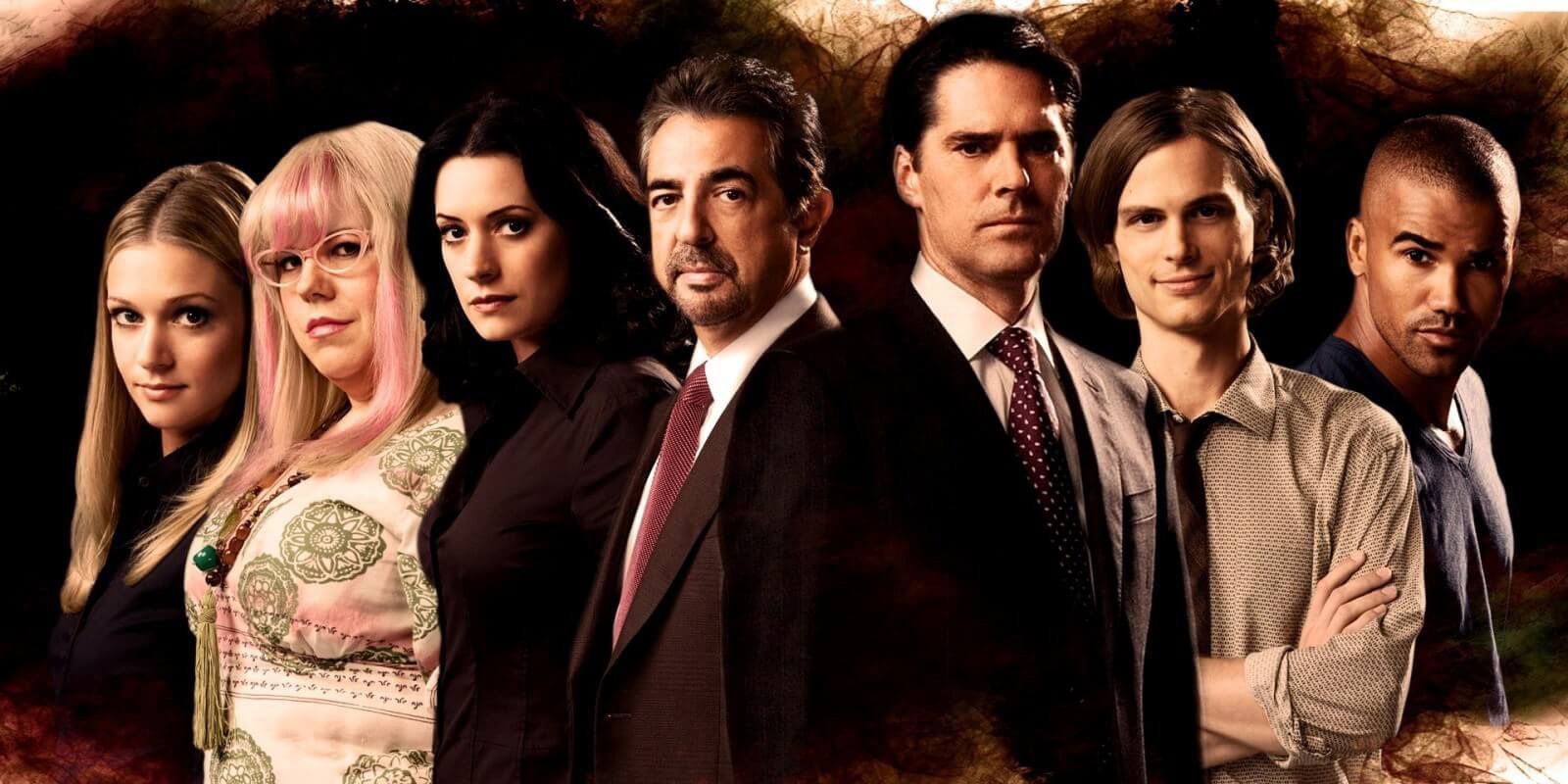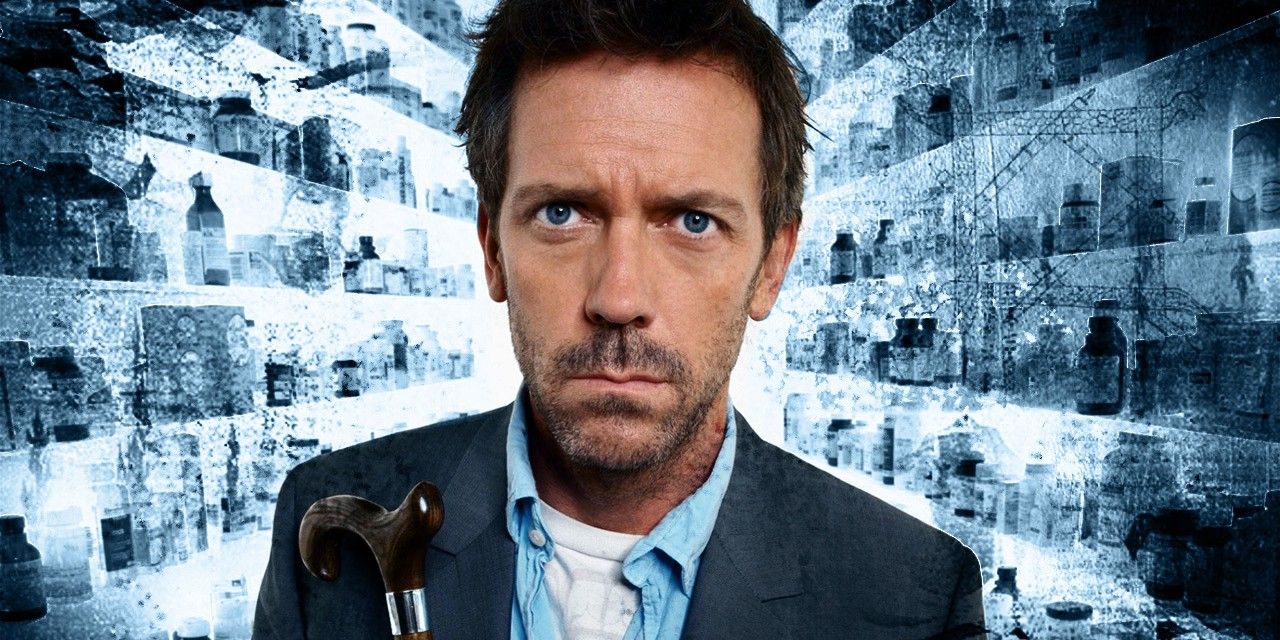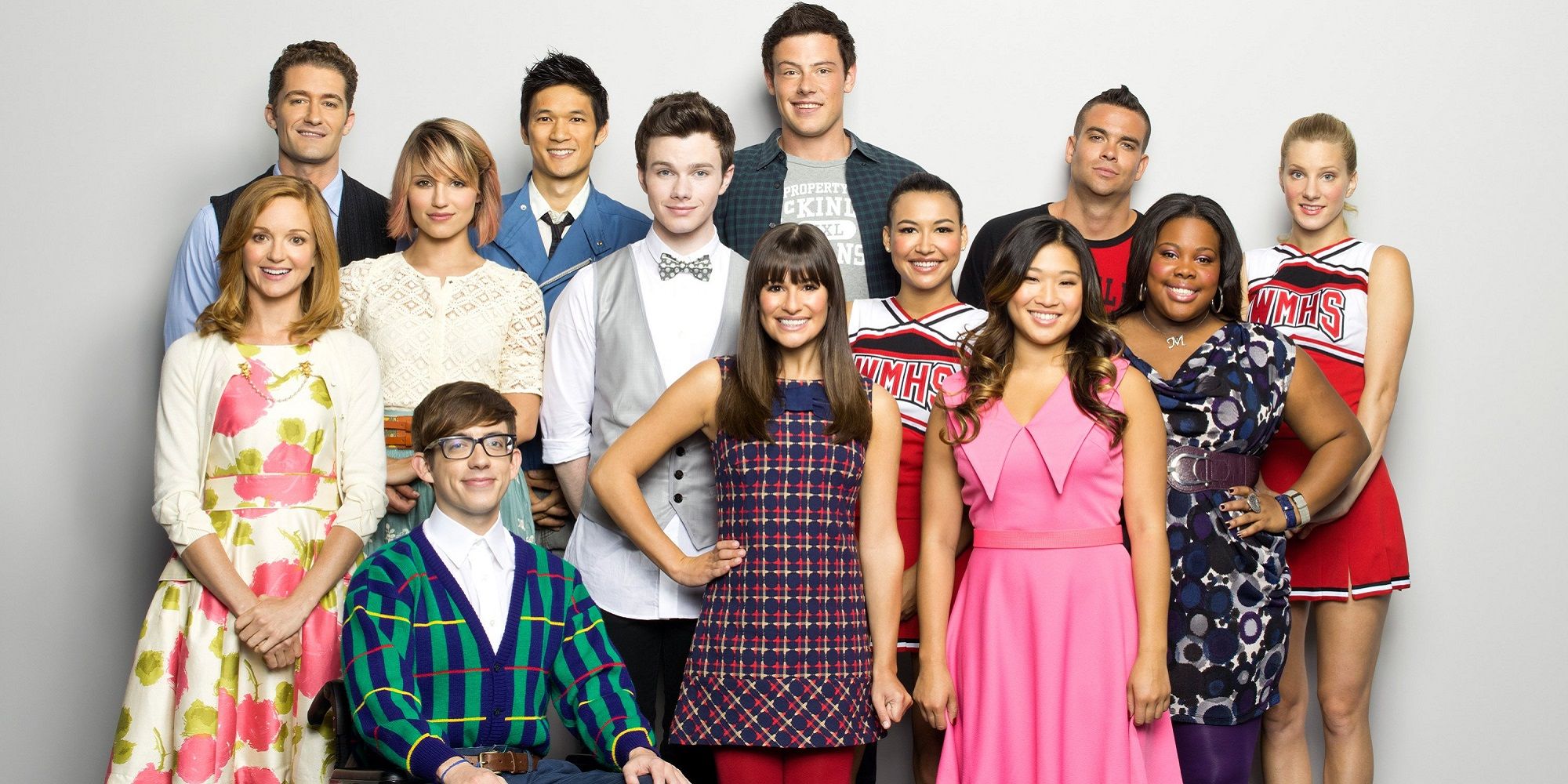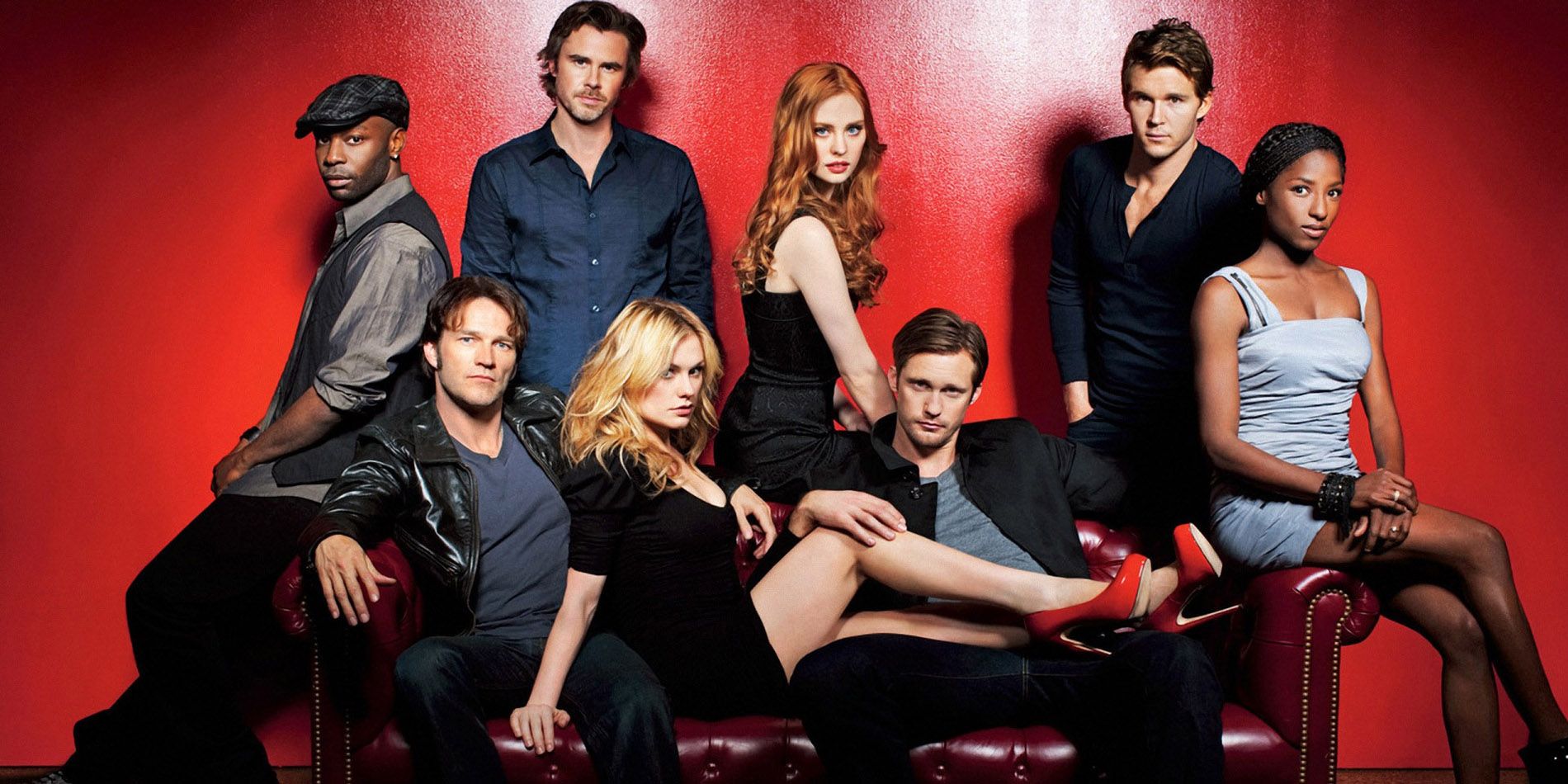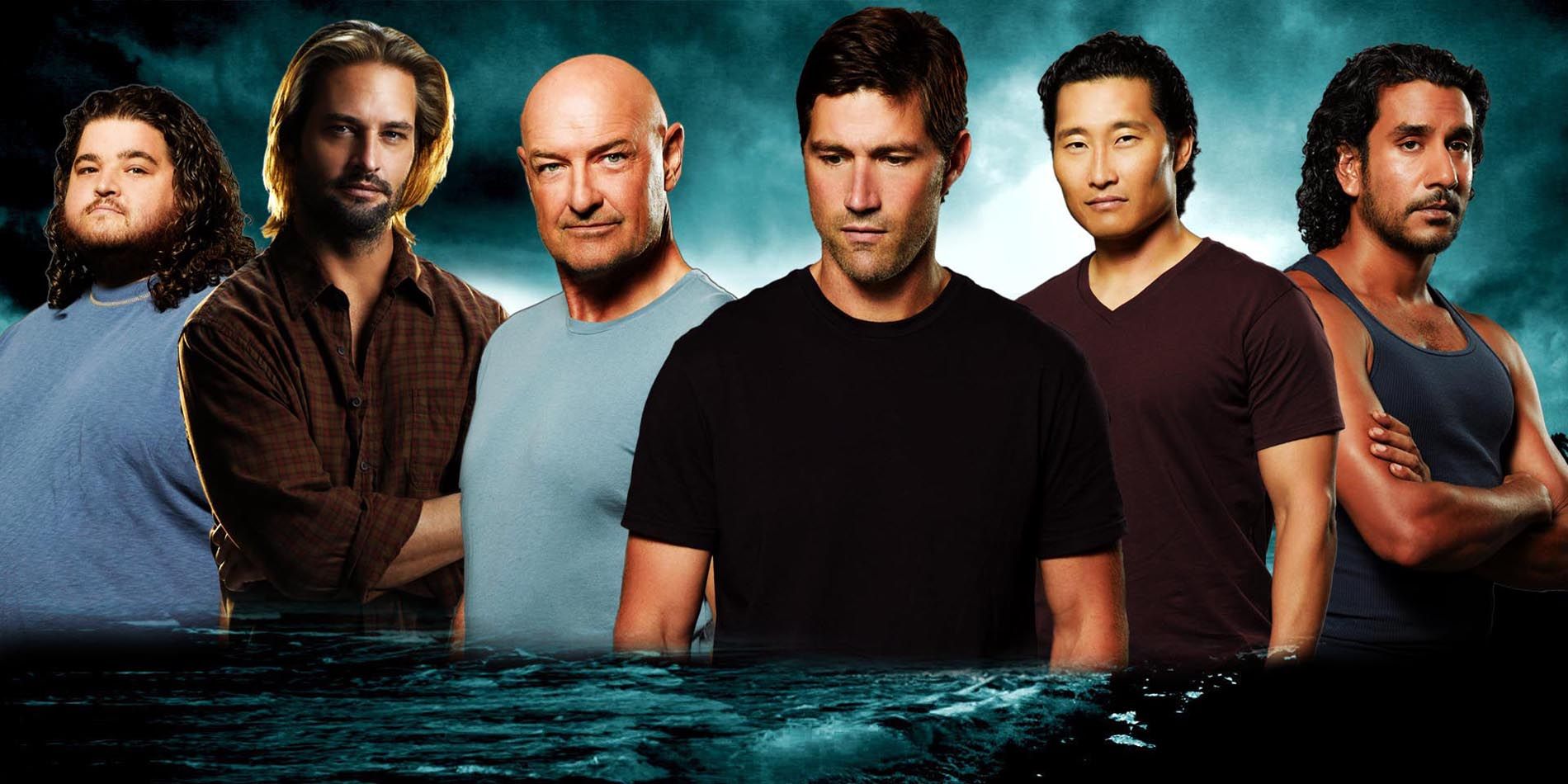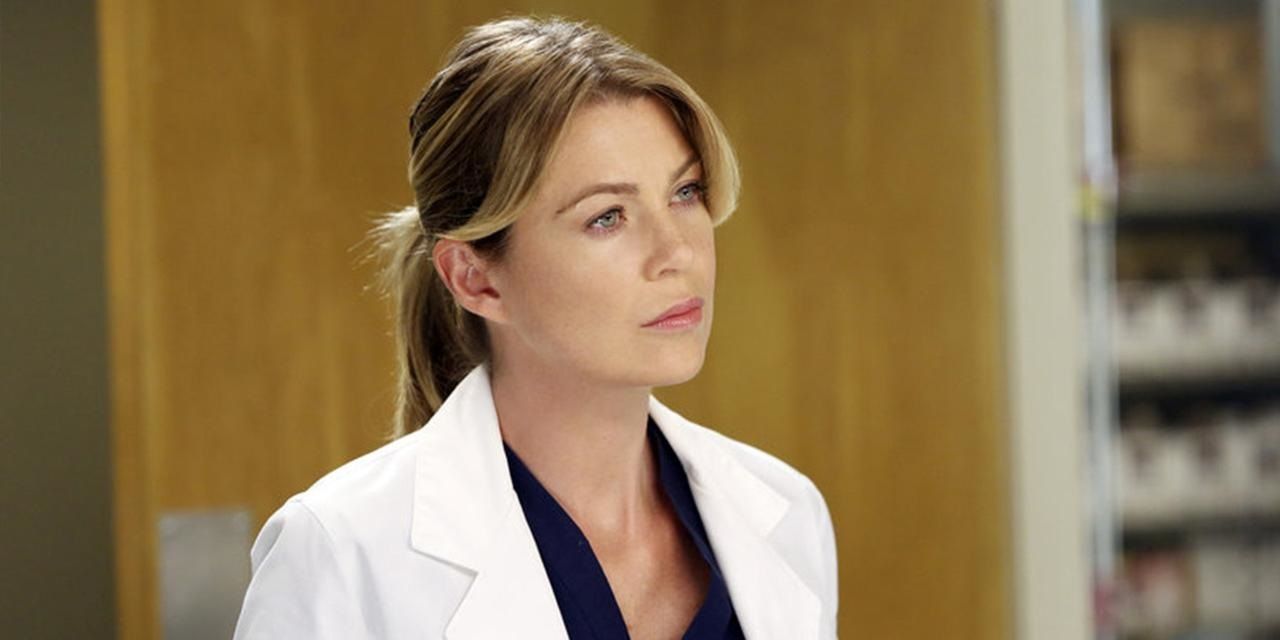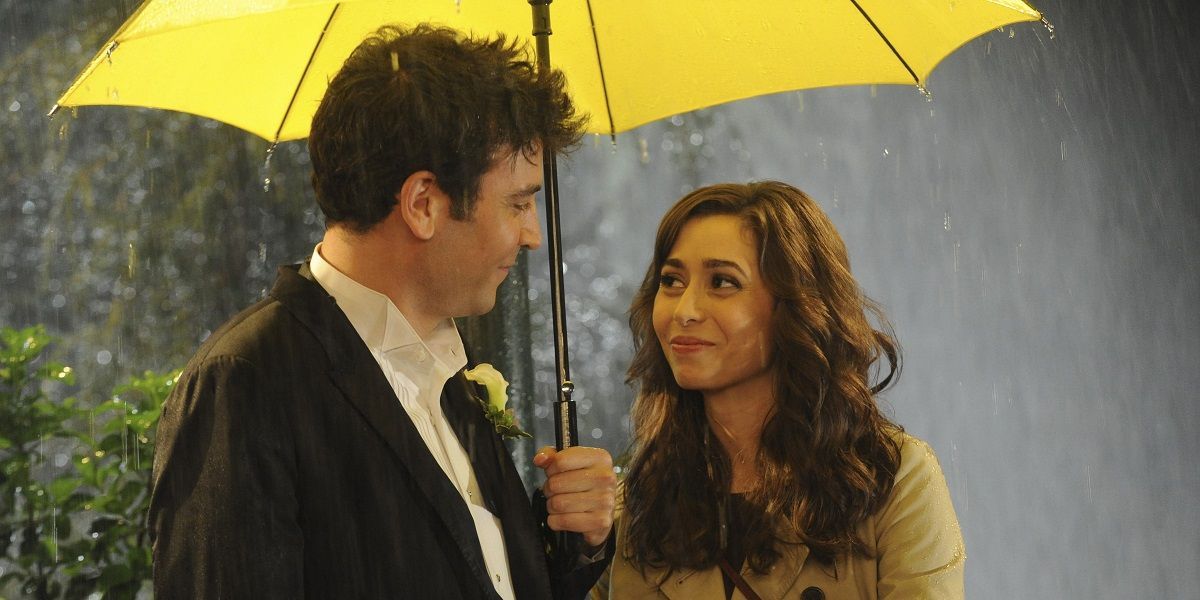Television fandom is a fickle thing. Some series are cut short before they’ve had a chance to hit their stride (Freaks and Geeks, My So-Called Life), while others long overstay their welcome (Happy Days, Roseanne). Even worse are the ones that were once exceptional but somehow lose their footing, often causing ardent viewers to sit through garbage television while praying it regains its early magic.
In some cases, the wait is worth the payoff. Friday Night Lights, for example, had an enchanting first season but failed to bring in viewers, leaving its second season open to interference from the ill-advised hands of the network before it truly blossomed in its third. Alas, things like major departures and creative deadlock have prevented many a onetime favorite from making a rewarding comeback. Still, it’s hard to fully shake a show you once loved, especially if you’ve invested substantial time into its characters.
With that in mind, here are 15 TV Shows You Kept Watching Past Their Prime.
15. American Horror Story
American Horror Story’s anthology format has been hit and miss across its six-season trajectory. Helmed by seasoned showrunnner Ryan Murphy, each chapter explores a freshly demented setting: a haunted murder house, a deceptive insane asylum, a southern witch coven, a retro freak show, a serial killer-stocked hotel, and, most recently, a colonial house overrun by blood-thirsty ghosts.
Because it switches focus each season, fans tend to hop on and off the bandwagon based on the direction. Seasons three (Coven) and four (Freak Show) have brought in its highest ratings and finest reviews, with season five (Hotel) losing roughly one million overall viewers—even following its record-breaking premiere. Its latest, Roanoke, is still ongoing. Critical response thus far has been relatively positive, though many fans have chastised its intentionally misleading promo and heavy-handed twists as a sign of fading creativity. Whether you like its campy, sometimes overblown style depends on taste, but people are watching regardless.
14. The Office
Following the success of the original The Office overseas, Saturday Night Live veteran Greg Daniels adapted this mockumentary about a humdrum paper company for stateside viewers. Its 2005 launch was lukewarm, but sharp writing, wry comedy, and a fresh, capable cast carried it through six highly-rated seasons before things began to unravel.
Many point to Jim (John Krasinski) and Pam’s (Jenna Fischer) season six marriage as the first sign of the series’ decline, squandering much of the sexual tension that drew in fans early on. Its fate was cinched when Steve Carell, who led as Dunder Mifflin’s man-child boss, left the show to pursue a career in film the following year.
Despite a dip in quality, it remained of NBC’s top-rated shows, and persevered for another three seasons before ending with a sturdy 5.1 million viewers. Many of its later-series episodes drew in high critical praise, and it’s still largely beloved by fans.
13. The Walking Dead
Adapted from Robert Kirkman’s comic book series of the same name, The Walking Dead has been a long-running breadwinner for AMC. It’s been praised as a gripping, grounded spin on the over-crowded zombie subgenre, balancing emotional grit with bloody, white-knuckle gore.
It’s done quite well since premiering in 2010. Early criticism fixated on a slow-paced second season, but that seemed to dissipate until its sixth and most recent outing. Largely despised by many viewers, the season caught flak for a number of reasons: unresolved sub plots, shallow character development, and the return of stagnant storytelling. Most aggravating, however, was the protracted, cliff-hanger finale that left many fans in an uproar.
Still, fans stayed on despite warning signs, and ratings persist at a lofty 13 million average. Whether or not they’ll return after that gimmicky finish remains to be seen, as does whether The Walking Dead can salvage its once first-rate status.
12. That '70s Show
When it premiered in 1998, That ‘70s Show was a fun, feel-good sitcom about a Wisconsin teen and his stoner pals juggling parents, school, and relationships in the 1970s. Though relatively unknown at the time, its young, fresh-faced cast turned out to be quite talented, and the series served as a launching pad for many of their careers.
Its first six seasons enjoyed high, steady ratings, but peaked by the time it hit its seventh. Fans complained the series’ long-running gags had grown tired, and writers eschewed its easy humor for senseless melodrama to keep them interested: Eric (Topher Grace) ditched Donna (Laura Prepon) just before their wedding, Hyde finally met his biological father, and Jackie (Mila Kunis) once again dredged up his commitment issues.
Things took a final nose dive during its eighth and final run, with two of its biggest names—Ashton Kutcher and Grace—leaving to pursue greener pastures. By then, it had lost roughly half of its viewership, but a loyal 5.8 million viewers stuck through to the end.
11. 24
24 was initially hailed as groundbreaking, commanding, and crisp. Hinged upon counter terrorist agent Jack Bauer (Kiefer Sutherland), each episode hurtled through a 24-hour countdown as he raced to thwart various radical criminal schemes.
After a standout five-season run, things began to fizzle. Later seasons were panned for using outlandish and regurgitated plot lines, killing off key characters who were crucial to keeping Bauer’s development rich, and replacing them with roles far less compelling. Many saw the once-riveting 24-hour arc as predictable, merely shuffling the same lineup of bad guys, good guys, and bystanders around an indispensable Bauer. It also drew the ire of human rights activists and military officials for its frequent depictions of torture and negative portrayal of Muslims.
Ratings had dwindled by the ninth season, though it closed on an admirable 6.47 viewers for the 2014 finale. Fans point to Sutherland’s iconic, award-nominated performance as the series’ lasting selling point.
10. Homeland
Claire Danes shone as Carrie Matheson in the first two seasons of Homeland, a high-octane thriller about a bipolar CIA operative convinced a U.S. sniper was turned into an al-Qaeda affiliate during his time as a prisoner of war.
But the onetime critical darling buckled around its third outing. Viewers refused to buy its increasingly thin, implausible plot lines, and Danes’ co-star Damian Lewis’ finale exit left the show’s fate entirely on her shoulders. Detractors later reprimanded writers for using Matheson’s fractured battle with mental health as a replacement for real character development. As The Washington Post’s Hank Steuver wrote, “she’s become TV’s quintessential crazy ex-girlfriend, rather than the complex character she once was.”
It regained some ground in its sixth and most recent season, but is still a shell of its impressive start. It’s worth nothing that it’s never had spectacular ratings, always hovering around the one million tally, but it doesn’t seem to have budged much in either direction. Assumedly, the same batch of faithful viewers are largely the ones tuning in.
9. The X-Files
The X-Files was one of the biggest shows of the ‘90s, tracing the investigations of two FBI profilers as they attempted to make sense of their often inexplicable case load. Its first seven seasons consistently pocketed high ratings and near-universal praise.
Those initial outings were largely propelled by a will-they, won’t-they romance between stars Fox Mulder (David Duchovnky) and Dana Scully (Gillian Anderson), which famously split fans into two fervent camps: the "shippers" who wanted to see it happen and the horrified "noromos" who believed it would ruin the show. Their season seven kiss put the kibosh on that debate, squashing one of the series’ driving forces. Mulder’s role was lessened in subsequent seasons, furthering abating interest.
While ratings did drop during the ninth and final season, some four million fans returned for the series finale, and they were back in droves for the 2016 reboot. Mulder or no Mulder, The X-Files undoubtedly spawned one of the most rabid cult followings in TV history.
8. Criminal Minds
Criminal Minds has been a fixture on CBS for over a decade. It features a team of elite FBI profilers who track new, twisted serial killer in every episode. The demanding nature of their work pulls them away from their personal lives and closer to one another, giving the series a sentimental backbone to rest on when storylines get stiff.
Though a fascinating peek inside the minds of demented criminals, the procedural format has become predictably formulaic, and the revolving door of cast members doesn’t do it any favors, either. Two legs of the BAU’s seven-person squad have been swapped out on several occasions, and the series recently lost two more of its central characters: Shemar Moore, who played the tough but handsome Derek Morgan, left the show in its 11th season, and Thomas Gibson, the BAU’s stringent chief, was fired after an on-set altercation in August.
Mixed critical reviews aside, its ratings have held steady between a solid 12 to 14 million, even spawning a pair of spin-offs in recent years. It will be interesting to see how Moore and Gibson’s departures affect things, but thus far it doesn’t seem like fans are headed anywhere.
7. House, M.D.
House, M.D.’s gripping medical mysteries, adept cast, and vivid examinations of human flaws scored it ample applause out of the gate. As the show wore on for eight years afterward, however, it grew uneven. A fourth season shift shoved three of its central characters—Allison Cameron (Jennifer Morrison), Robert Chase (Jesse Spencer), and Eric Foreman (Omar Epps)—to the sidelines, cutting a chunk of its emotional pull, even when they regained some prominence in later seasons.
Moving forward, the writers did well to craft compelling plots around new faces, but these strokes of genius were surrounded by creative shortcomings. The season 7 finale in which Dr. House drives a car through Cuddy’s living room proved to be a jump-the-shark moment for many viewers.
Simply put, the last four seasons failed to capture the show's initial magnetism after an impressive first half, and the ratings followed suit. Still, Hugh Laurie’s performance as the brilliant, miserable, misanthropic title character remained a bright spot, and House closed with a substantial 8.6 million viewers.
6. Heroes
The first season of Heroes was universally lauded. Viewers latched instantly to its impeccable cast, smooth pacing, and captivating premise in which a troop of ordinary people gradually discover they have supernatural abilities.
Its subsequent seasons, however, failed to maintain momentum. Critics chided its lack of focus and slower build-up, and reception only got harsher as the series pushed on. Even creator Tim Kring admitted they’d lost their touch, telling Entertainment Weekly they “took too long to get to the big-picture,” introduced new characters disjointedly, and spent too much time on Hiro’s (Masi Oka) time-warped adventure to 17th century Japan, among other mistakes.
Ratings had dipped significantly by the time the fourth season rolled around, but many kept on in the hope it would regain the magic that made its first season a smash hit. Eventually, even its most dedicated fans found the story lines too absurd, and Heroes was canceled in 2010.
5. Glee
Ryan Murphy’s third outing was an unlikely breakout, but with a batch of talented TV newcomers, a humble, Midwestern setting, and an affinity for fun, cross-generational show tunes, it quickly accrued a zealous fan club. Glee was celebrated for its ability to tackle big issues like sexuality and race with novelty and spunk, landing on several year-end “best of” lists during its freshman 2009 run.
Unfortunately for Gleeks, as devoted viewers dubbed themselves, it began to stumble during its later seasons. Music seemed to serve as a stopgap for emotional holes, and the tendency to rest on singing competitions as its driving plot felt stale. Season three’s dreaded high school graduation displaced much of the central cast, and Cory Monteith’s (Finn Hudson) tragic death in 2013 forced its season 5 story lines to thin. Rotating time slots and waning ratings ultimately did it in.
Still, its clear fans connected with something they weren’t quite ready to give up. An average 3 million viewers were still tuning in by the time Glee went off air, and its music-fueled blueprint paved the way for shows like Nashville and Empire today.
4. True Blood
True Blood was one of the hottest shows on television when it hit screens in 2008. It premiered in the wake of the Twilight craze, making its young, sexed-up vampires and southern gothic glamour perfectly en vogue. Its first two seasons soared, but it soon veered toward excessive, piling on spectacles in lieu of substance.
Juggling too many characters left storylines shallow, and the arrival of werewolves, witches, ghosts, and fairies made the show's universe feel crowded. Showrunner Alan Ball exited after the fifth season, and by the time the series neared its seventh, True Blood was barely recognizable.
Surprisingly, the ratings never sunk too deep. Viewership hit a weekly high of 13 million in 2010, and consistently averaged around 9.4 million per season, according to the Hollywood Reporter. When it went off-air in 2014, 4 million people tuned in for the finale send-off alone, proving it was still a steamy guilty pleasure despite its sour turn.
3. Lost
Lost may be cited as one of the greatest television dramas to date, but many agree it fumbled during its later seasons. It started out strong with a novel, captivating premise; following a group of plane crash survivors as they uncover the mysteries of the deserted island on which they landed.
After a batch of triumphant early seasons, however, things began to dim. It became increasingly obvious its showrunners didn’t have a clear game plan, and its tangled story lines offered up more questions than answers. Rampant theories and clever cliff-hangers kept viewers engaged, but put heavy pressure on the final seasons to tie everything together. Whether the payoff was worth it is up for debate, as the series finale remains widely contentious.
Though the show had lost around a third of its viewers by season 5, it went out with a solid 10 million. Fans may have been frustrated, but it didn’t stop them watching— they really wanted to see that final piece of the puzzle.
2. Grey's Anatomy
Centered around a group of doctors as they navigate life, love, and work at a Seattle hospital, Grey’s Anatomy was the first in a string of big hits for mega-watt showrunner Shonda Rhimes, who’s since gone on to build a television empire with similarly addictive, drama-fueled titles. See: the Viola Davis-led How To Get Away With Murder and Kerry Washington-fronted Scandal, both of which have maintained solid ratings and garnered multiple award nods.
Grey’s Anatomy, too, enjoyed widespread success in its initial seasons: the first four ranked among the top 10 for all viewers, peaking at an average 19.4 million per episode during its second run. A third season time slot switch, however, knocked its ratings into a decline that has persisted throughout its broadcast over the last decade. It’s also undergone major cast changes over the course of the show. Now in its 13th season, almost all of its original main members have exited, including key departures from Sandra Oh (Cristina Yang) and Patrick Dempsey (Derek Shepard). Its 12th season boasted a large ensemble of 16 actors, including only four from the inaugural lineup.
Fortunately, title character Meredith Grey, played by Ellen Pompeo, has stayed on, and ratings hold strong at an overall viewership of 11.2 million. Despite some increasingly off-the-rails storylines, it seems core fans have endured.
1. How I Met Your Mother
How I Met Your Mother is a classic example of shows that lasted past their prime. It started off as a lighthearted comedy that quickly spawned a niche following. Josh Radnor starred as Ted Mosby, a New York City architect recounting to his kids in the year 2030 the story of how he met their mother.
Though its ratings stuck pretty consistently around the 8 to 9 million mark throughout its nine season run, viewers grew increasingly impatient as the series drew out its big reveal. Its fourth season earned critical acclaim, and is widely considered the best of the series, with its fifth and sixth outings also maintaining generally positive reviews. Around the seventh season, however, things went south. Fans kept on, of course, to see who would end up as the long-anticipated mother, but criticized its writers for struggling to come up with engaging new storylines. The twist finale induced a polarized reaction from viewers, with some arguing the final story arc was just an ill-received tease and others contending that it stayed true to the show's core.
Creators Carter Bays and Craig Thomas later tried to shop around a spin-off, How I Met Your Dad, but after some initial prospects crumbled, the idea came up empty.
---
Which TV shows do you wish you could quit? Let us know in the comments!

